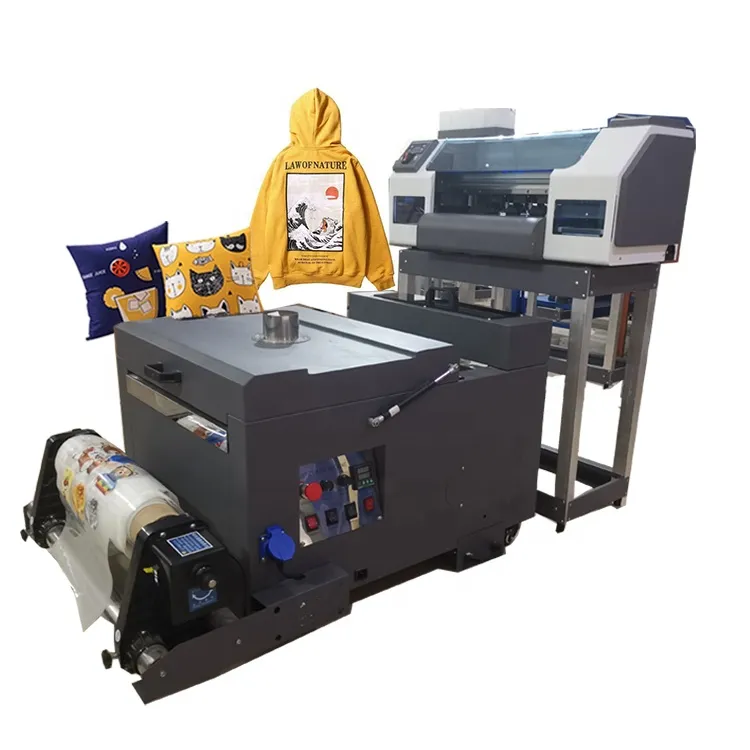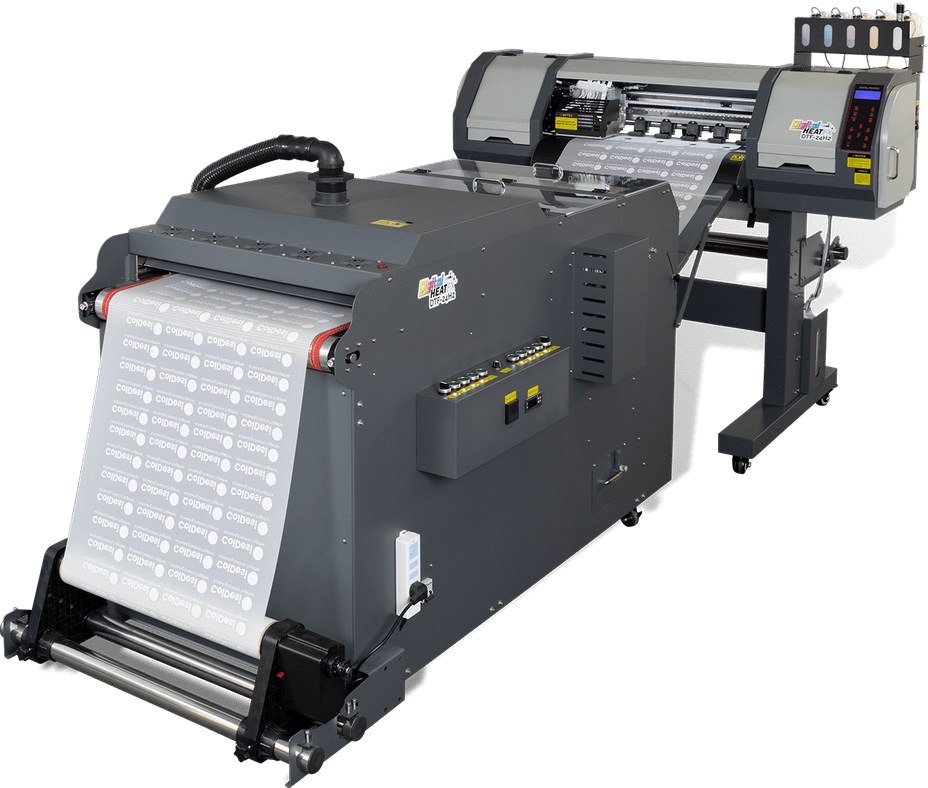DTF Printing Change: Letting Loose Creative Thinking in Fabric Layout and Manufacturing
DTF Printing Change: Letting Loose Creative Thinking in Fabric Layout and Manufacturing
Blog Article
Mastering DTF Printing: Tips and Techniques for Achieving Vibrant and Sturdy Prints
In the world of fabric printing, accomplishing long lasting and vivid prints is a sought after ability that can elevate the top quality of your outcome. Understanding DTF (Direct to Film) printing needs a mix of technological knowledge, precision, and attention to detail. From choosing the appropriate materials to tweak print setups and perfecting post-printing finishing methods, there are countless factors that can influence the result of your prints. Recognizing just how to navigate these intricacies can make all the difference in between a sub-par result and a genuinely exceptional one.

DTF Printing Essentials
For those new to the globe of fabric printing, recognizing the basics of DTF printing is important to grasping this ingenious technique. Straight to Movie (DTF) printing is a contemporary technique that involves moving layouts from a special film onto numerous textiles using a warmth press. Unlike typical techniques like screen printing, DTF supplies benefits such as dynamic shades, elaborate detailing, and the capability to print on varied materials like cotton, polyester, and blends.
The procedure starts by printing the layout on a special DTF film using a suitable printer with CMYK or CMYKW ink sets. As soon as the style is published, it is then cured with a warm press to produce a resilient and durable print. DTF printing is recognized for its ability to duplicate complicated layouts with high precision and shade accuracy, making it a preferred option for businesses seeking to develop customized garments, marketing products, and more.
Selecting the Right Products

The adhesive powder acts as a bonding representative in between the printed layout and the textile, so it should have strong attachment buildings to ensure a sturdy and resilient transfer. By meticulously selecting the right products for DTF printing, printers can improve the high quality, vibrancy, and durability of their prints.
Optimizing Print Setups
When intending to achieve the most effective results in DTF printing, thorough interest to optimizing great post to read print setups is essential for making certain exact and top quality transfers onto fabrics. When enhancing print settings is the resolution, one key facet to take into consideration. Higher resolutions commonly result in sharper and a lot more detailed prints, improving the overall high quality of the transfer. In addition, readjusting the ink density can assist attain dynamic shades and make certain that the style stands out on the material.
While enhancing the speed can improve efficiency, it might endanger the last print's clearness and color saturation. Trying out with different speeds and observing the results can aid establish the optimum setup for each print work.
In addition, make improvements shade profiles and making certain appropriate shade monitoring are crucial for attaining exact and consistent colors across various prints. By adjusting color setups and profiles, printers can minimize shade variances and produce consistent results, enhancing the total print high quality and customer satisfaction.
Preparing Art Work for DTF Printing
Transform the art work to CMYK shade setting to make certain that the colors equate precisely from display to print. Bear in mind to mirror the last design before printing to make sure that it moves properly onto the garment. By adhering to these actions and paying close focus to the information, you can prepare artwork that is optimized for dynamic and long lasting DTF prints.
Post-Printing Finishing Strategies
Implementing effective post-printing completing methods is vital to boosting the toughness and visual charm of DTF prints on textiles. Once the printing process is complete, applying warmth to the published layout is crucial (DTF Printing). Warm not just aids in treating the ink yet also ensures that the colors are long-lasting and dynamic. A find out here now warm press device evaluated the recommended temperature level and stress setups can assist achieve optimal results.
Once the movie is removed, the print might call for additional healing time to further establish the ink right into the textile. This step aids improve the washability and durability of the print, guaranteeing it can withstand several clean cycles without fading or cracking.
Furthermore, cutting any type of excess movie around the design can provide the last print a clean and expert look. Taking the time to appropriately end up DTF prints post-printing can see considerably affect the total quality and durability of the fabric layout.

Final Thought
In verdict, mastering DTF printing requires a complete understanding of the basics, selecting suitable products, maximizing print setups, preparing art work effectively, and utilizing post-printing completing methods. By adhering to these tips and tricks, one can accomplish sturdy and vibrant prints that meet their desired quality requirements. Constant method and interest to detail are vital in accomplishing successful results in DTF printing.
From choosing the best materials to tweak print settings and refining post-printing finishing techniques, there are numerous factors that can affect the end result of your prints. Unlike typical approaches like display printing, DTF uses benefits such as dynamic colors, intricate describing, and the capacity to publish on diverse materials like cotton, polyester, and blends.
As soon as the layout is printed, it is then cured with a warmth press to develop a long-lasting and sturdy print.When aiming to achieve the ideal outcomes in DTF printing, precise attention to maximizing print setups is vital for guaranteeing precise and premium transfers onto fabrics.In final thought, mastering DTF printing calls for a complete understanding of the fundamentals, picking proper products, enhancing print settings, preparing art work effectively, and making use of post-printing completing strategies.
Report this page